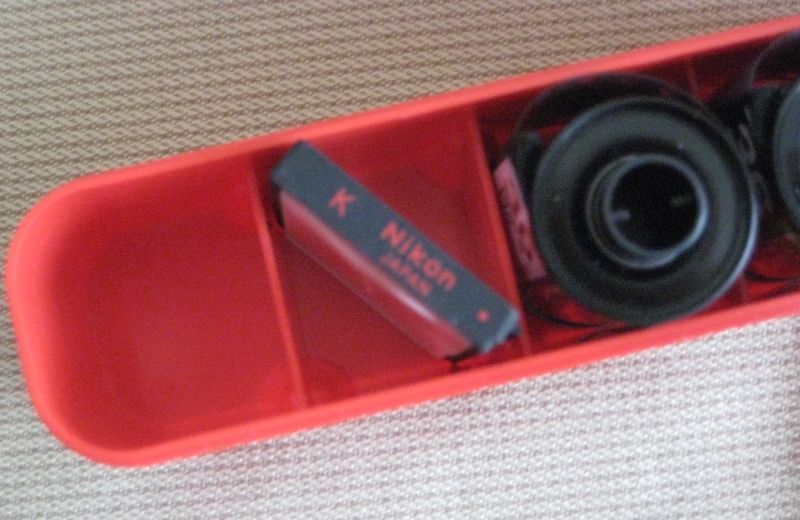CK Dexter Haven
Well-known
Just received an F3, my first. I already have an F100, FE2, and FG.
I was expecting the F3 to have a glorious viewfinder, but i'm disappointed.
1. The Type K screen (standard, i believe) is quite dark outside of the center microprism circle. There is a very significant difference in the brightness between the center circle and the surrounding area. Much more of a difference than in the FE2 or FG. Even the FG's view seems much better than the F3's.
2. If i compare the entire F3 view to a Pentax LX, the LX just blows it away. The LX is significantly brighter, and has no color tinging whatsoever. The F3 (and other Nikons) are warm-tinted and soft.
I was buying the F3 to replace the LX, as wanted to reduce the number of 35mm film systems i have, but the LX is just incredible to compose through.
So, the question, i suppose, is which screen should i try in the F3? I'd like a very 'plain' screen, with a microprism circle, but with no/little difference in brightness between the center and surround. When i look at the options on Mir.com, it looks like all of the screens use a "matte/fresnel" surround, except the C and D — but i can't tell if the matte/fresnel surround is the same as on the K, dark. There seems to be some difference in the description of some of the surrounding fields. Some are "matte/fresnel," and some are "fine-ground matte" or "fine-ground fresnel" or "clear fresnel."
One is interesting: the Type G. "Clear fresnel field with extra-bright 12mm microprism spot... for poor light." Does that sound like what i'm looking for? But, then it also says "depth of field cannot be observed." Does that just mean that the DOF preview switch will not show anything?
I was expecting the F3 to have a glorious viewfinder, but i'm disappointed.
1. The Type K screen (standard, i believe) is quite dark outside of the center microprism circle. There is a very significant difference in the brightness between the center circle and the surrounding area. Much more of a difference than in the FE2 or FG. Even the FG's view seems much better than the F3's.
2. If i compare the entire F3 view to a Pentax LX, the LX just blows it away. The LX is significantly brighter, and has no color tinging whatsoever. The F3 (and other Nikons) are warm-tinted and soft.
I was buying the F3 to replace the LX, as wanted to reduce the number of 35mm film systems i have, but the LX is just incredible to compose through.
So, the question, i suppose, is which screen should i try in the F3? I'd like a very 'plain' screen, with a microprism circle, but with no/little difference in brightness between the center and surround. When i look at the options on Mir.com, it looks like all of the screens use a "matte/fresnel" surround, except the C and D — but i can't tell if the matte/fresnel surround is the same as on the K, dark. There seems to be some difference in the description of some of the surrounding fields. Some are "matte/fresnel," and some are "fine-ground matte" or "fine-ground fresnel" or "clear fresnel."
One is interesting: the Type G. "Clear fresnel field with extra-bright 12mm microprism spot... for poor light." Does that sound like what i'm looking for? But, then it also says "depth of field cannot be observed." Does that just mean that the DOF preview switch will not show anything?





